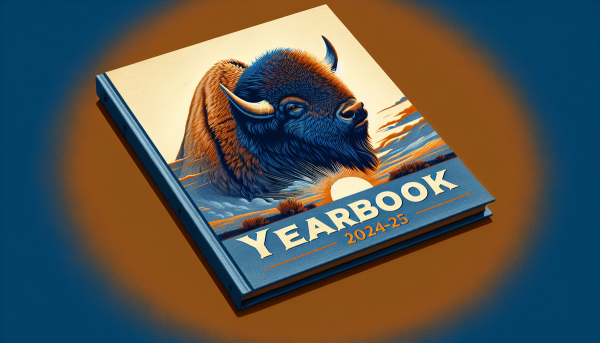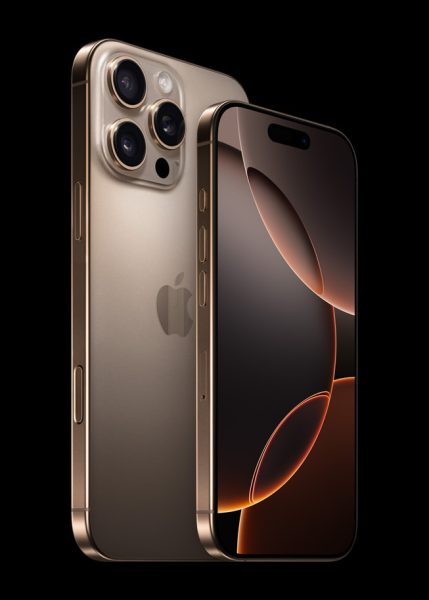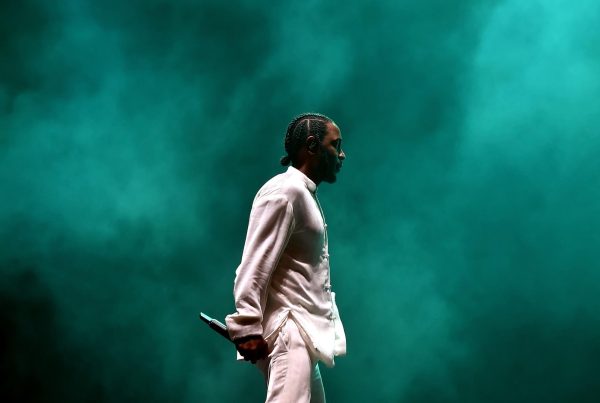Drew Recommends: Federico Fellini’s “8½”
“8½” (Otto e Mezzo) is a 1963 Italian classic directed by the famous Federico Fellini, who had previously gave birth to the term “paparazzi” in his other Italian classic, “La Dolce Vita”. “8½” is considered to be the tenth greatest film of all time, according to the British Film Institute, and is considered to be the director’s most personal work, shown by the title, which represents it being the eighth and a half film that he has made, three short films in his repetoir he considers to be his “halves”.
The film follows a man named Guido, who is wishing to make a poetic and personal film for the world to see, but is instead bombarded by multiple advisors, producers and screenwriters, all of whom want Vito to make a science fiction thriller. Anxiety and chaos engulf him as he tries to find peace in his filmmaking process. In the processes, Vito faces anxious bouts of rage and confusion, which is well presented through cinematic and directorial means such unique camera angles.
The film itself is a wonder to look at. The hard contrast between the black and white make for great cinematography, which unique and abnormal camera angles accompany. Since Fellini made this through a personal perspective, much of the direction is very dream-based, or “oneiric”, which is specifically why the camera’s high placement, rapid movement, and unique angles are all vital and telling.
The camerawork is not the only unique aspect of this film that helps build its oneiric style. The ensemble behaves in dramatic and exaggerated ways to match Fellini’s perspective. Old ladies wave at the camera as it pans over a park, the producers are very hectic and messy and the paparazzi are greedy, pushing each other over and creating crowds of star-struck people.
Throughout the entirety of the film, something exciting is happening, which is usually other-wordly to illustrate Vito’s dreamlike state. The first five minutes are specifically very illustrious to Vito’s need of escape and solitude from a fast-paced world, as the camera pans over a crowd of stopped cars in the middle of traffic while the only noise heard is Vito’s heavy breathing. The film relies a lot upon commotion, through which the streets and locations bring to life by the use of large and talkative crowds of upperclass folk.
The shots are well constructed, cutting to the next image only when there is a sudden change in focus for Vito. Some shots are long, taking in the entirety of the environment, moving slowly through either a zoom-out/zoom-in, tracking or panning while the ensemble creates underlying chaos over the slow pace.
To better illustrate Vito’s concentration upon his part and his want to make a film based upon nostalgia and personal freedom, Fellini fluently transitions from the present day to his childhood. Fellini focuses a lot upon Vito being raised Catholic and having troubles staying attentive to authority. Vito’s past influences his present in many ways, such as the way he tries to handle the producers and paparazzi in comparison to being raised in a hectic household full of many sisters and secondary family members.
Fellini’s paradox of a risky attempt at making a very personal film that deals with a man who is trying to make a personal film was a major success and has been talked about for decades. For a film made in 1963, this is beyond impressive both aesthetically, creatively, and technically and I highly recommend that everyone watches this film. Do not be hesitant on the fact that it is a 60’s black and white foreign film, for its message on self worth and individualism will amaze you. It is safe to say that Fellini’s “8 ½” is a masterpiece.





